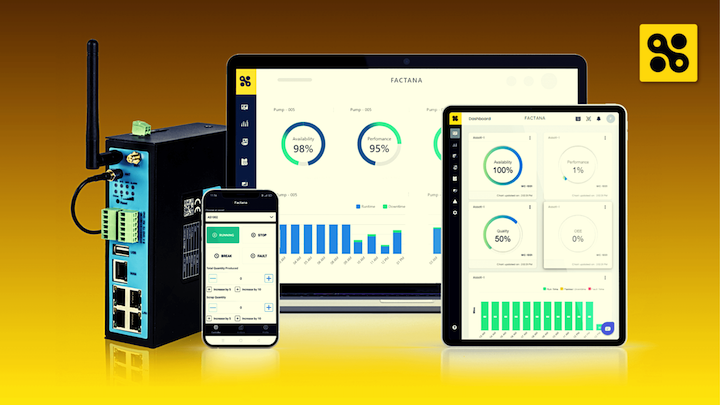India’s Vision 2047 marks the centenary of independence, with ambitious goals of becoming a global leader in economic, social, and technological realms.
This vision represents a collective aspiration to build a more inclusive, innovative, and sustainable nation.
But what will it take to get there? Let’s understand most simply and easily.
KEY TAKEAWAYS
- Vision India@2047 aims to position India as a $30 trillion economy through innovation, digital transformation, and robust infrastructure.
- Inclusivity and sustainability are key priorities, with an emphasis on gender equality, renewable energy, and green mobility.
- Addressing risks such as geopolitical challenges, climate vulnerability, and resource management is essential for long-term success.
The Pillars of India’s Vision 2047
Let’s explore the key areas driving this transformation and the real-life examples that bring these ambitions to life. We will be using Suresh and Ramesh’s names as examples to make it really easy to understand and make the dream come alive for young entrepreneurs.
#1. Economic Growth and Innovation
India aims to become a $30 trillion economy by 2047, focusing on industrial growth, startups, and digital transformation.
The government’s policies are designed to create a robust ecosystem for innovation, particularly in fields like renewable energy, artificial intelligence (AI), and financial technology (fintech).
- Using an example: Suresh, a young entrepreneur from Bengaluru, launched a green energy startup that installs affordable solar rooftops in tier-2 cities. With government support through subsidies and easier access to funding, his startup expanded operations across multiple states, creating jobs and reducing carbon emissions.
- Real-Life Case: Startups like Razorpay and Zerodha showcase how fintech innovations can streamline financial services, encouraging transparency and greater inclusion in India’s financial sector.
#2. Infrastructure Development
A modernized India requires robust infrastructure—from smart cities and expressways to high-speed rail networks and green mobility solutions.
The ‘Gati Shakti’ initiative integrates multi-modal transport networks to ensure seamless logistics. This reduces transit times, making India a more attractive destination for global investments.
- Example #2: Ramesh, a farmer in Maharashtra, benefits from a new high-speed logistics corridor that enables him to transport fresh produce to urban markets in record time, increasing his earnings and reducing food wastage.
- 2025 Update: The Mumbai-Ahmedabad bullet train project has reached significant milestones, symbolizing India’s commitment to high-speed rail expansion.
#3. Sustainable Energy and Green Mobility
By 2047, India envisions becoming energy-independent with a focus on renewable sources like solar, wind, and bioenergy.
- Policy Spotlight: The National Green Hydrogen Mission is expected to make India a hub for green hydrogen production.
- Example #3: Companies like Ola Electric have already disrupted the transportation industry with affordable electric scooters, making green mobility accessible to the masses.
- 2025 Update: The launch of battery-swapping stations in urban areas further accelerates EV adoption.
#4. Gender Equality and Inclusive Growth
A cornerstone of Vision 2047 is creating equal opportunities for women and marginalized groups across industries.
Policies supporting education, entrepreneurship, and health are driving this agenda.
- Real-Life Impact: Suresh’s cousin, Priya, who hails from a small town in Rajasthan, accessed a government grant to start her own digital marketing agency. Her business not only provides local employment but also showcases how government schemes can empower women in rural areas.
- Example #4: Initiatives like the Self-Employed Women’s Association (SEWA) and tech programs by NASSCOM are equipping women with digital and entrepreneurial skills.
#5. Reforming Governance and Civil Services
The civil service remains pivotal in implementing Vision 2047’s roadmap.
Reforming bureaucratic processes to enhance transparency, accountability, and efficiency is essential.
- Policy Spotlight: The Mission Karmayogi initiative aims to upskill civil servants and foster a performance-driven culture.
- Example #5: Ramesh’s village witnessed faster approval for infrastructure projects after the introduction of e-governance portals, which reduced paperwork and increased transparency.
- 2025 Update: The successful rollout of digital IDs for direct benefit transfers has further reduced corruption and delays in welfare schemes.
#6. Education and Skilling for the Future
To compete globally, India must prioritize education and skilling.
The National Education Policy (NEP) 2020 aims to promote interdisciplinary learning, critical thinking, and digital literacy.
- Real-Life Example: Programs like Byju’s Learning Platform and Unacademy are revolutionizing online education, making learning accessible to students across rural and urban India.
- 2025 Update: The government’s focus on industry-academia collaboration is fostering innovation hubs in universities, with initiatives like IIT Madras Research Park leading the charge.
#7. Healthcare and Well-being
The COVID-19 pandemic highlighted the need for a resilient healthcare system.
By 2047, India’s healthcare infrastructure aims to ensure universal access to affordable healthcare.
- Policy Spotlight: The Ayushman Bharat scheme, combined with technological interventions like telemedicine, is making healthcare accessible in remote areas.
- Example #6: Ramesh’s grandfather, who lives in a remote village in Uttarakhand, used teleconsultation services through government-backed health kiosks, saving him a costly trip to the city.
Vision India@2047’s Key Challenges
While the vision is ambitious, challenges such as geopolitical tensions, climate change, and resource management must be addressed.
- Geopolitical Risks: Regional conflicts and shifting alliances could impact economic progress.
- Climate Vulnerability: India’s commitment to net-zero emissions by 2070 must balance industrial growth with sustainability.
- Resource Scarcity: Efficient water and energy management will be crucial in sustaining long-term growth.
India’s Vision 2047: Final Words
India’s Vision 2047 is a roadmap for progress, resilience, and inclusivity.
By fostering innovation, embracing sustainability, and promoting equal opportunities, India can realize its aspirations of becoming a global powerhouse.
The stories of Suresh, Ramesh, and countless entrepreneurs reflect the spirit of self-reliance and innovation that will drive India forward.
However, addressing potential risks through proactive governance and strategic policies will be essential in ensuring this vision becomes a reality.
+ References
- Control Risks. India Vision 2047: Risks and Opportunities. via controlrisks.com.
- Business Today. India’s 2047 Vision: Uniting Industry, Innovation, and Gender Equality. via businesstoday.in.
- Business Standard. Vision India 2047: Revolutionising the Civil Service. via business-standard.com.
- RMI. India at 2047: Mobility Report. via rmi.org.
- MyGov.in: Consultation on Vision India@2047: via mygov.in








